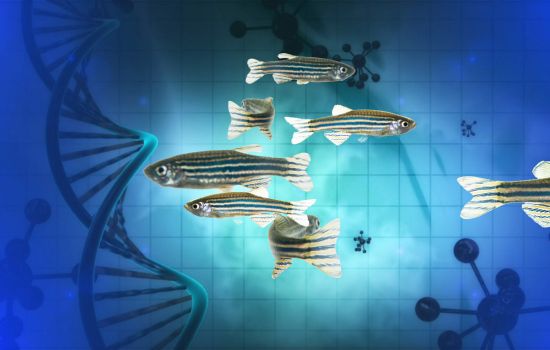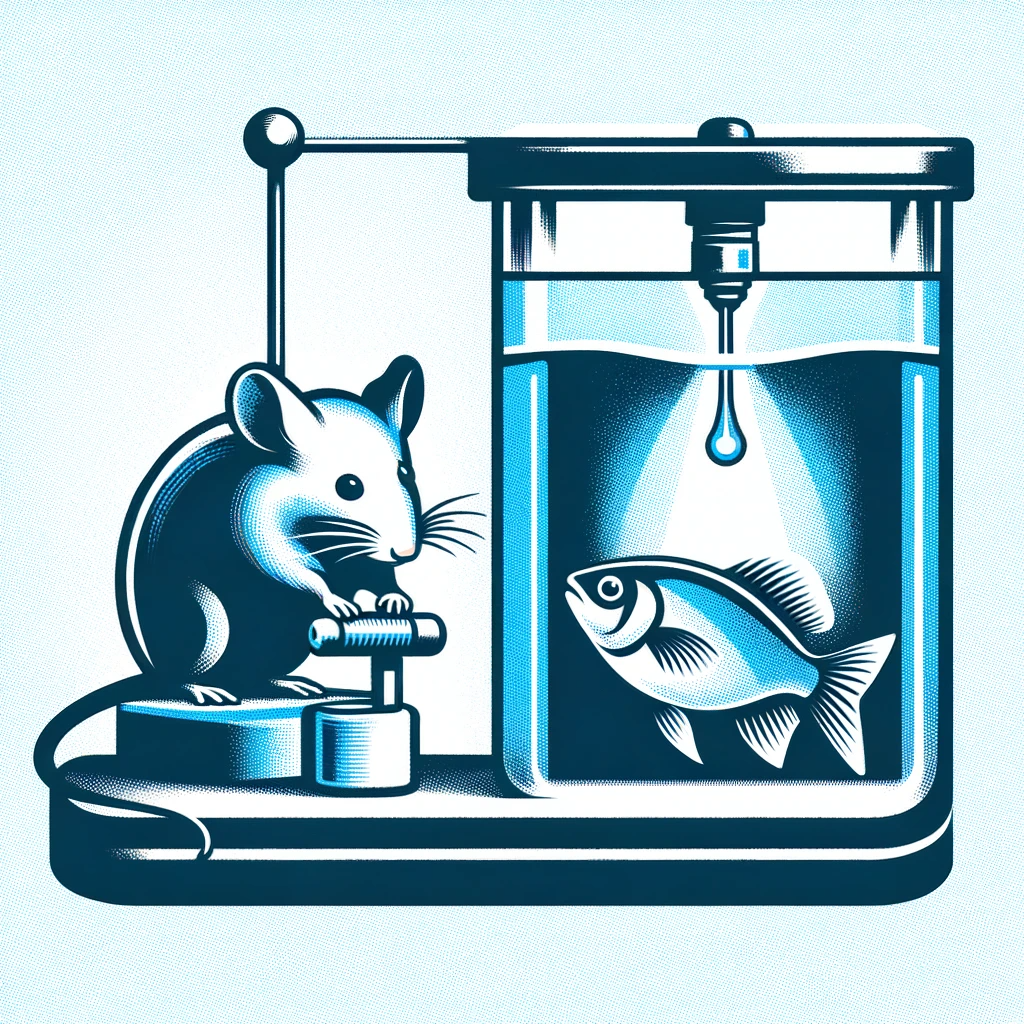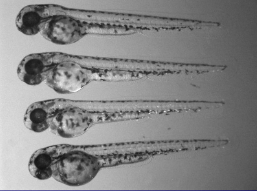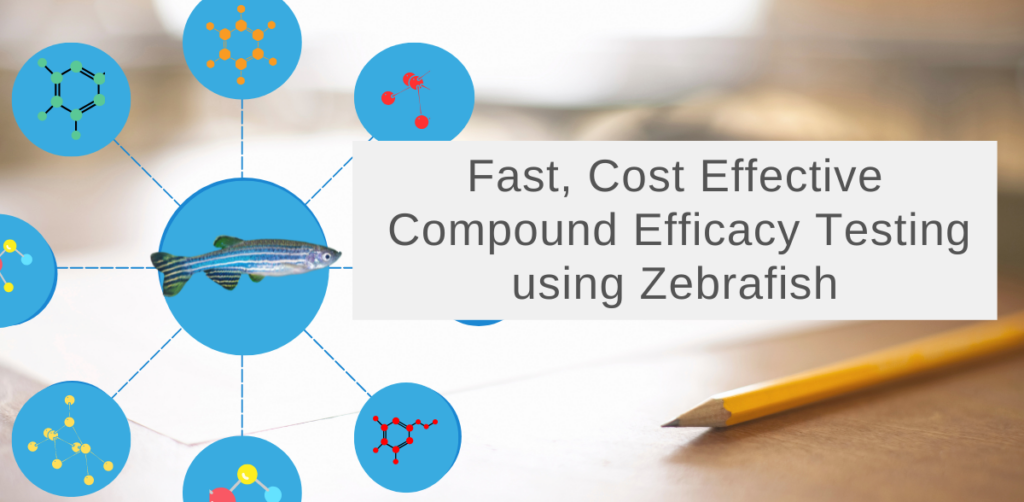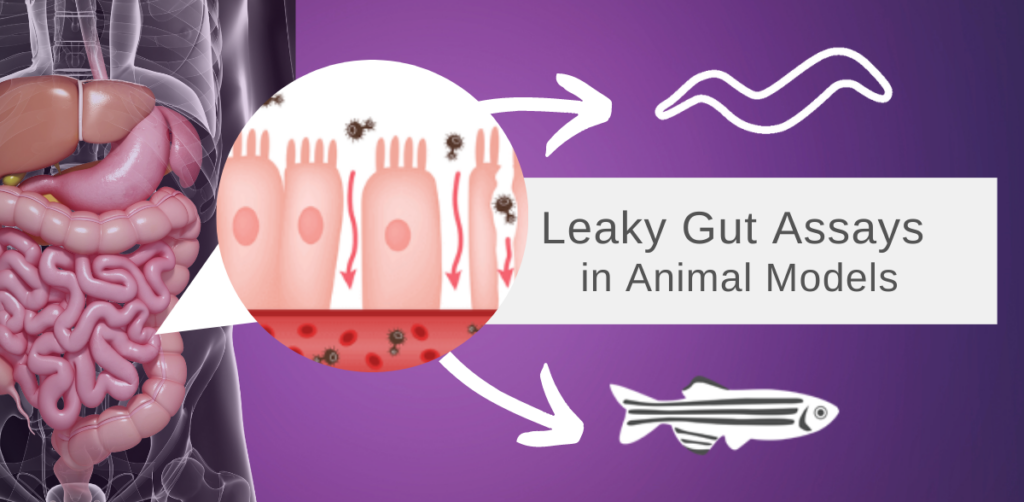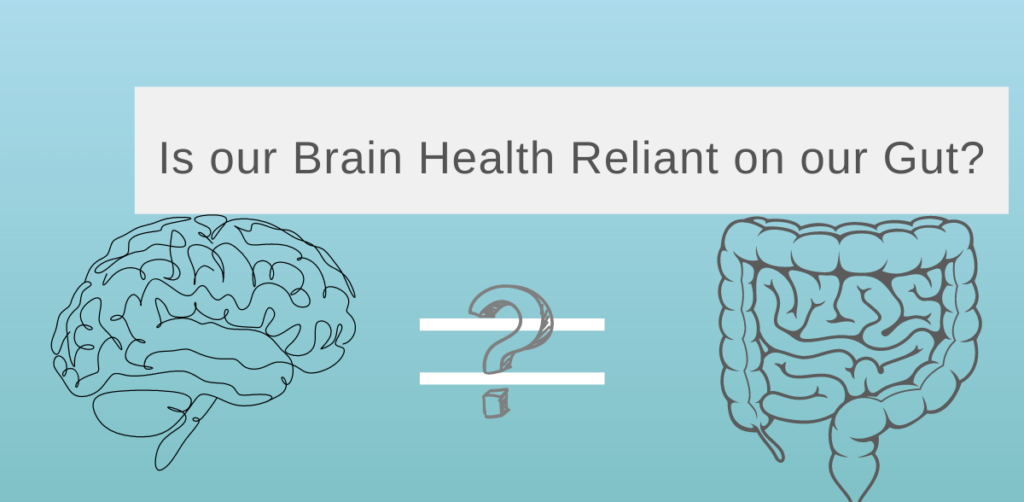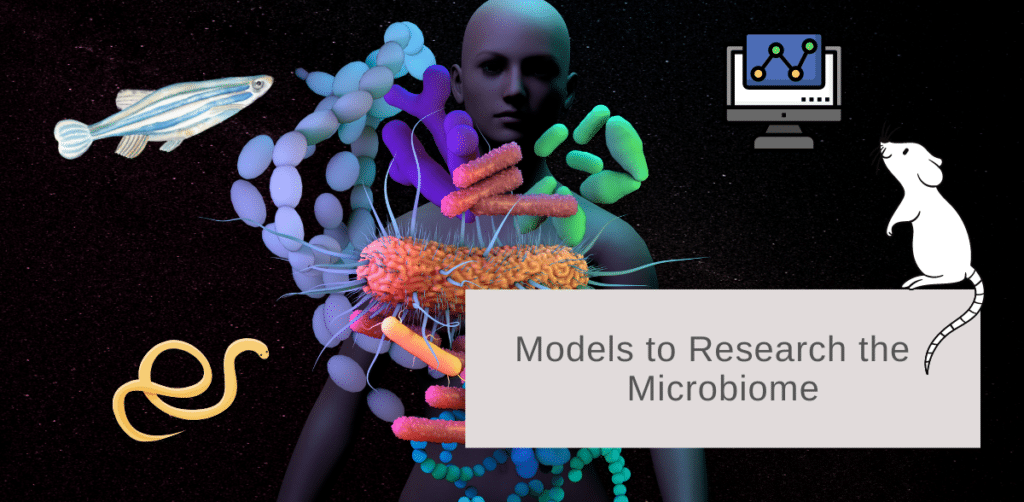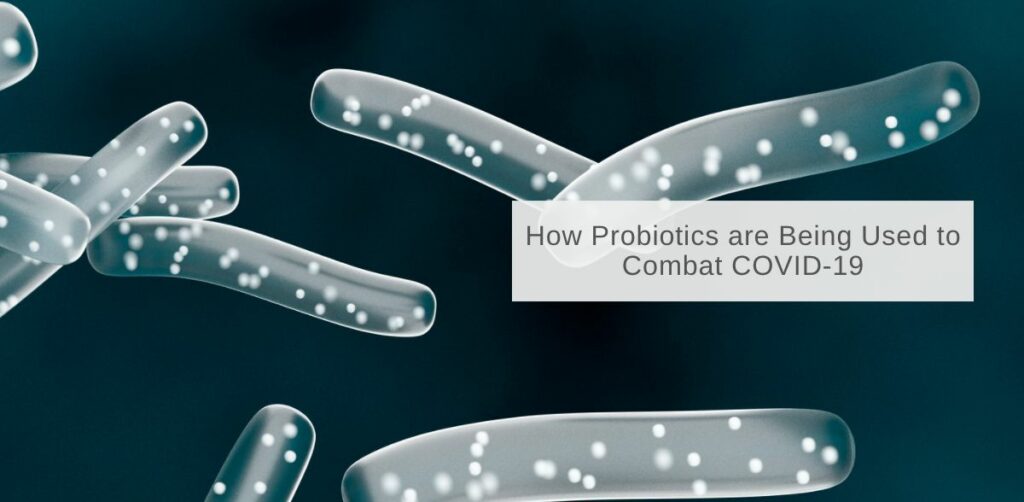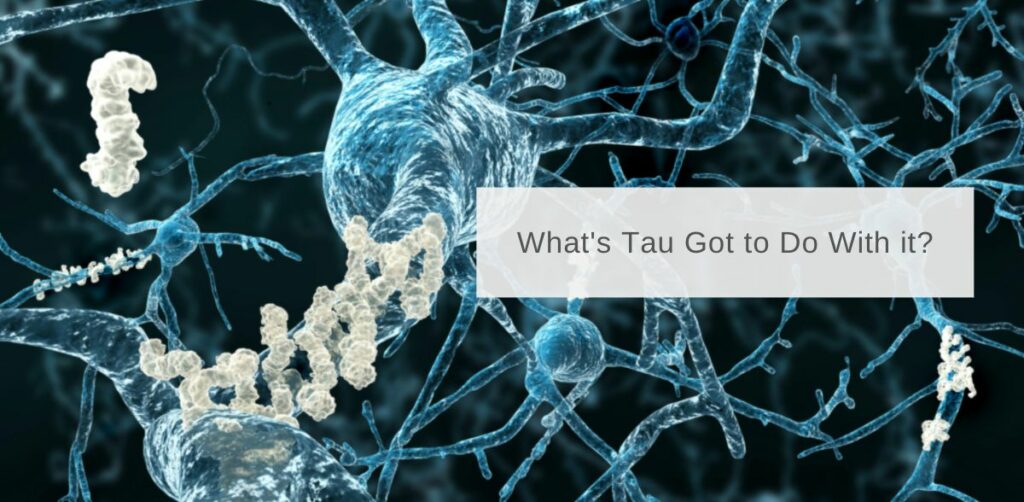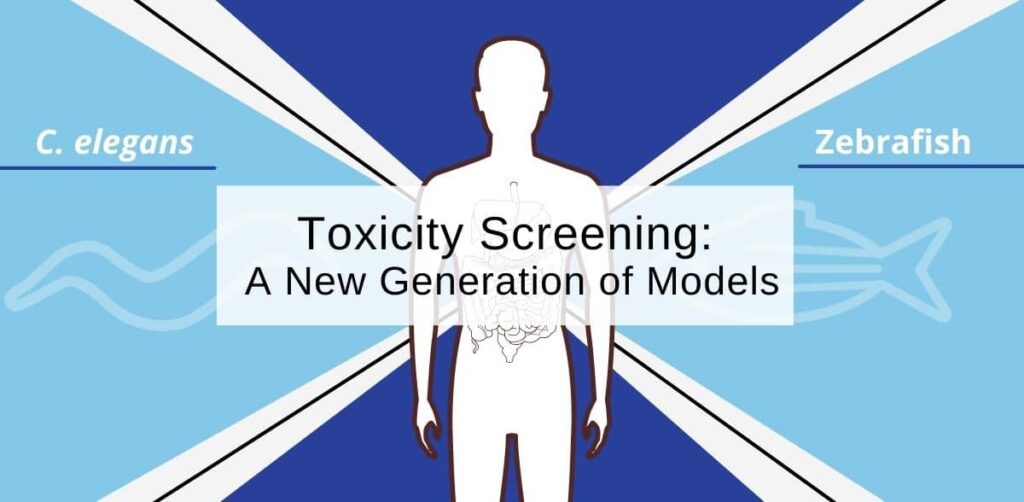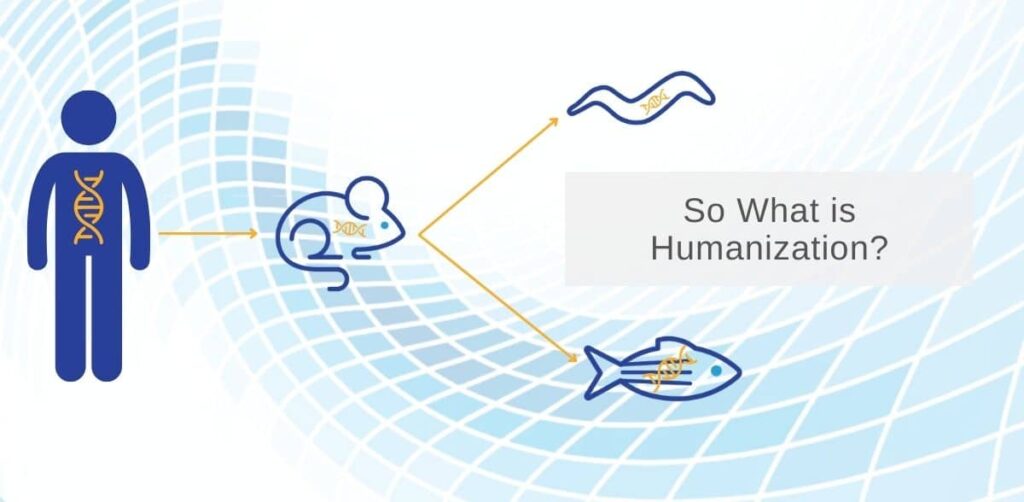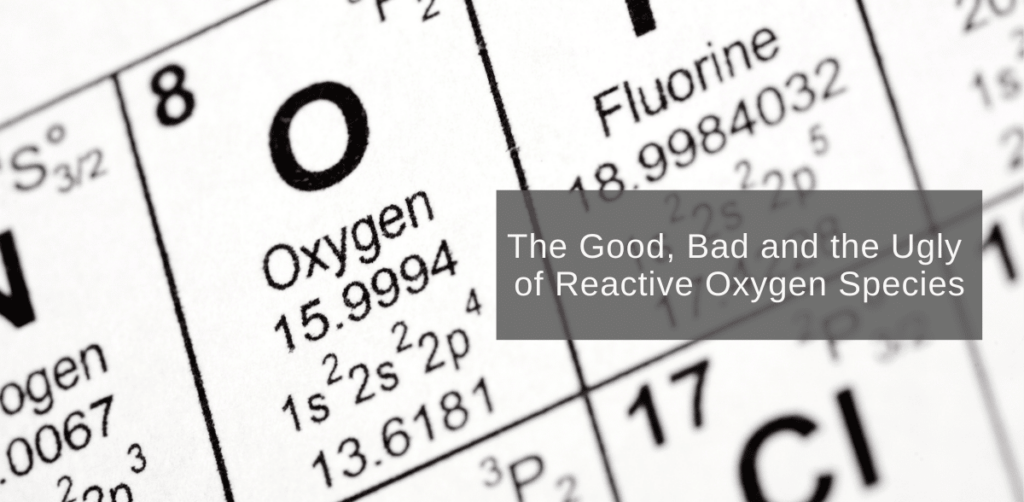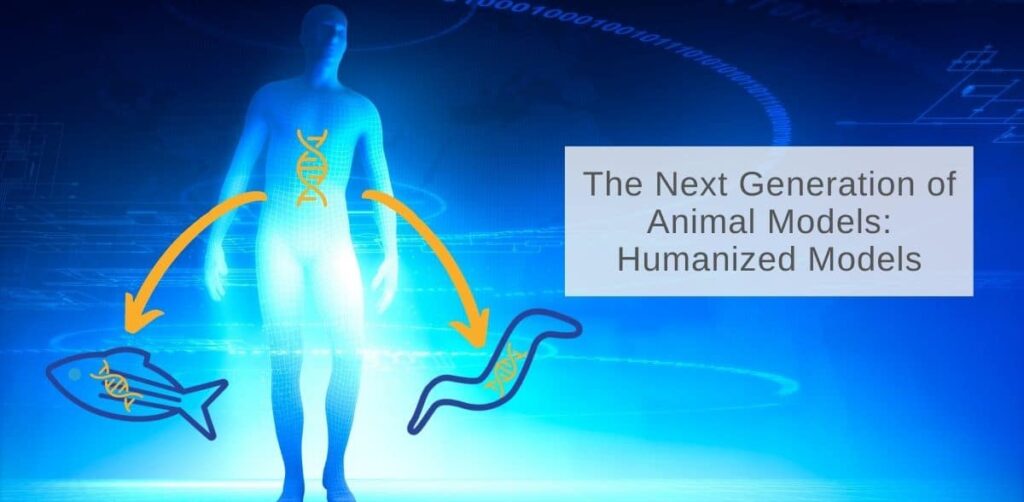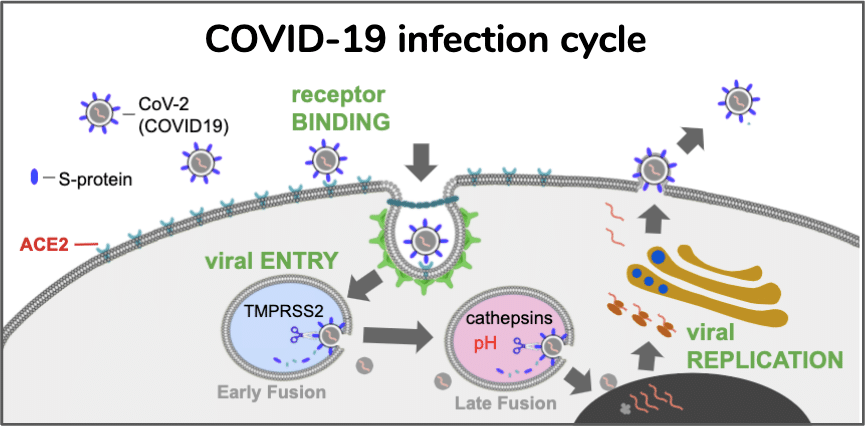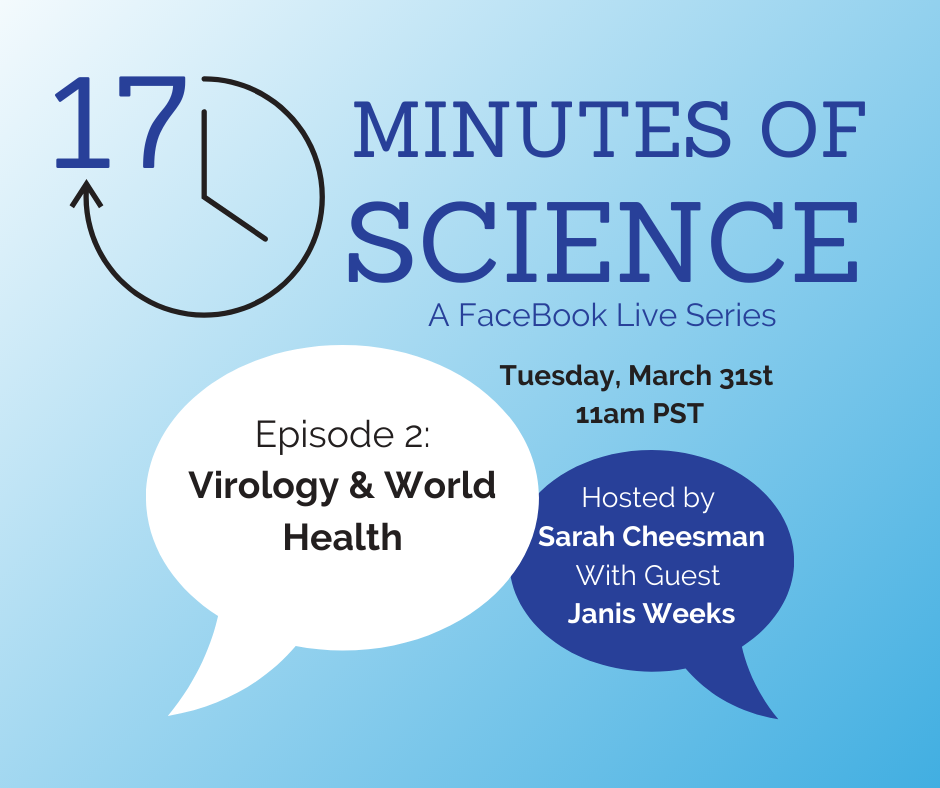InVivo Biosystems Blog
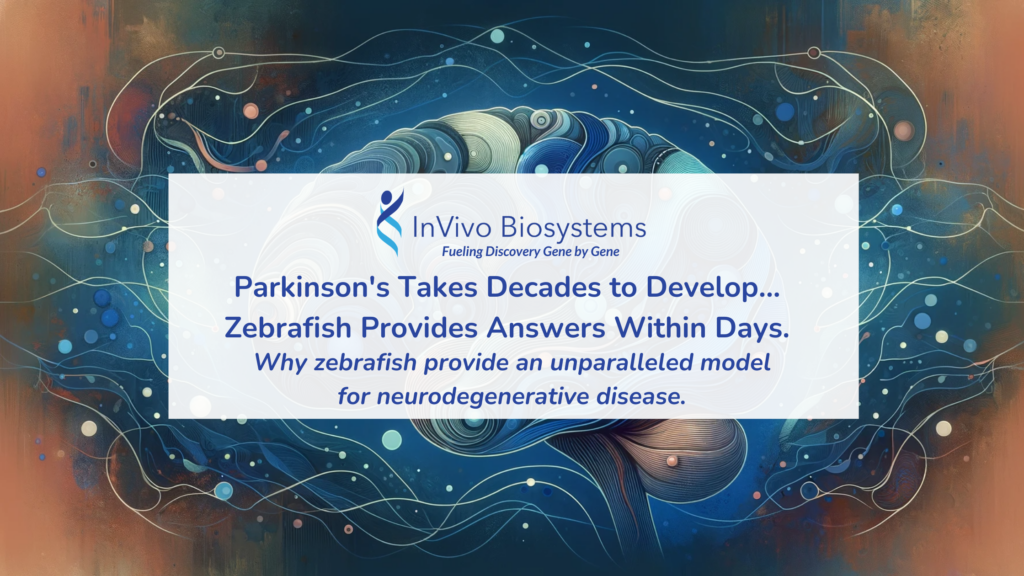
Parkinson’s Takes Decades to Develop–Zebrafish Provides Answers Within Days.
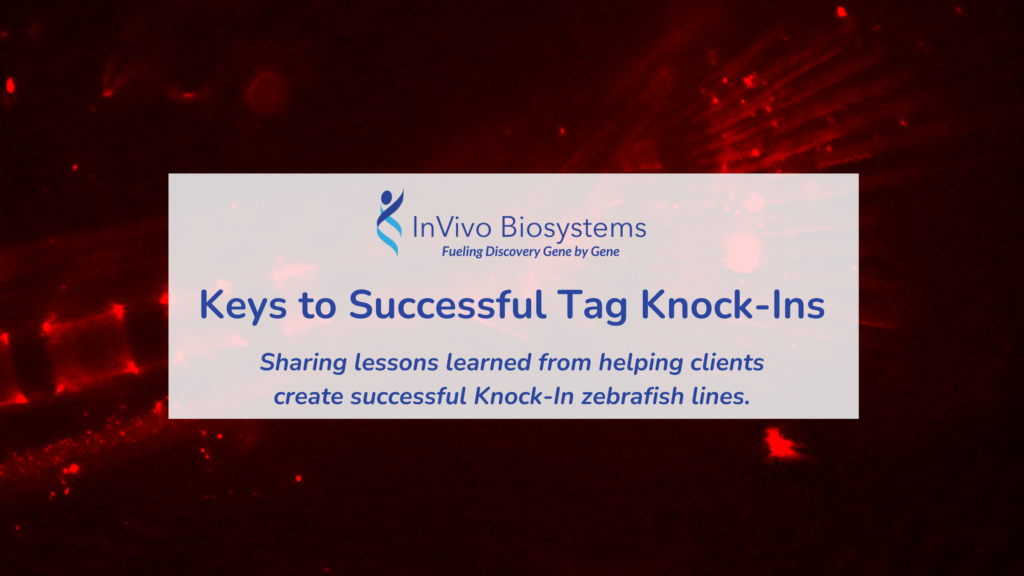
Overcoming the Challenging Nature of Knock-Ins in Zebrafish
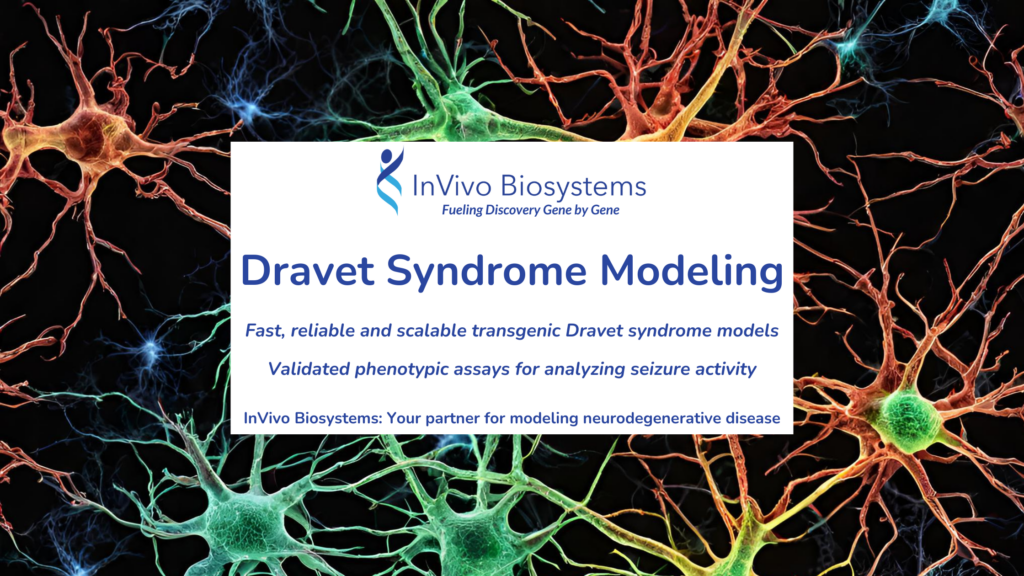
Unraveling Epilepsy: Modeling Dravet Syndrome in Zebrafish
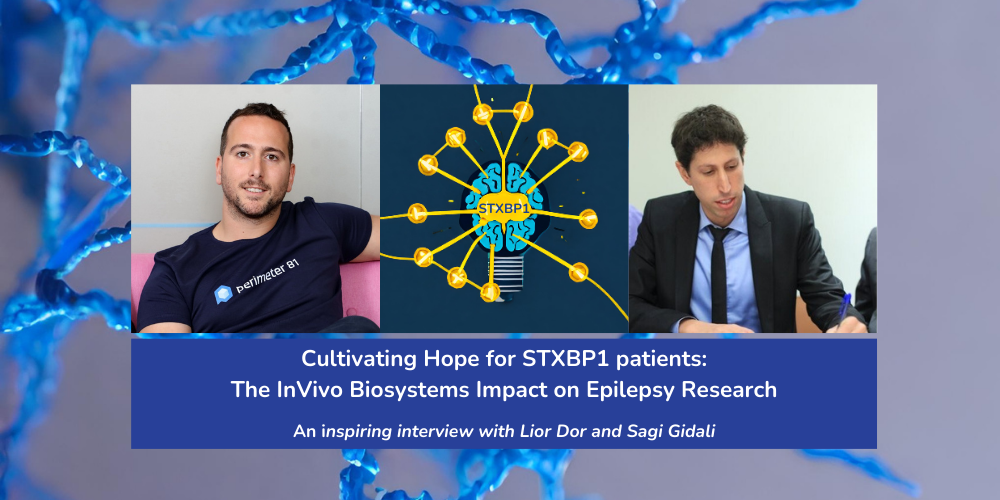
Cultivating hope for STXBP1 epilepsy patients – an inspiring interview with Lior Dor and Sagi Gidali
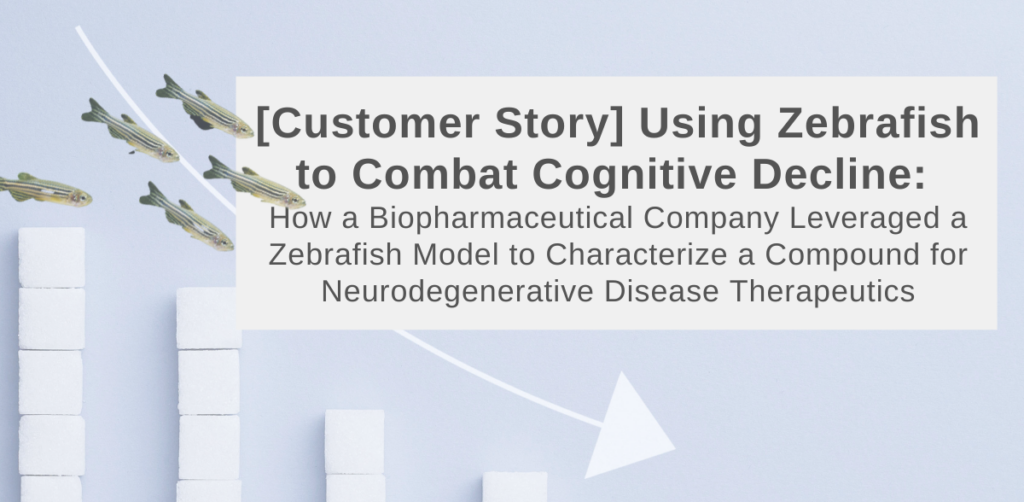
Using Zebrafish to Combat Cognitive Decline: How a Biopharmaceutical Company Leveraged a Zebrafish Model to characterize a Compound for Neurodegenerative Disease Therapeutics

Speeding up the diagnostic journey for Rare Disease patients: An in vivo discovery platform that helps classify variants of uncertain significance
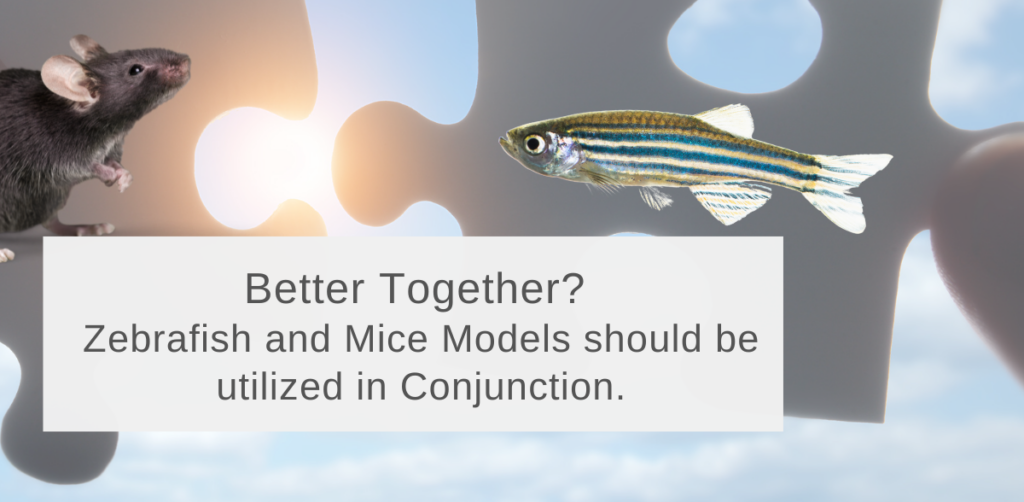
Better Together? Zebrafish and Mice Models should be utilized in Conjunction.
By:
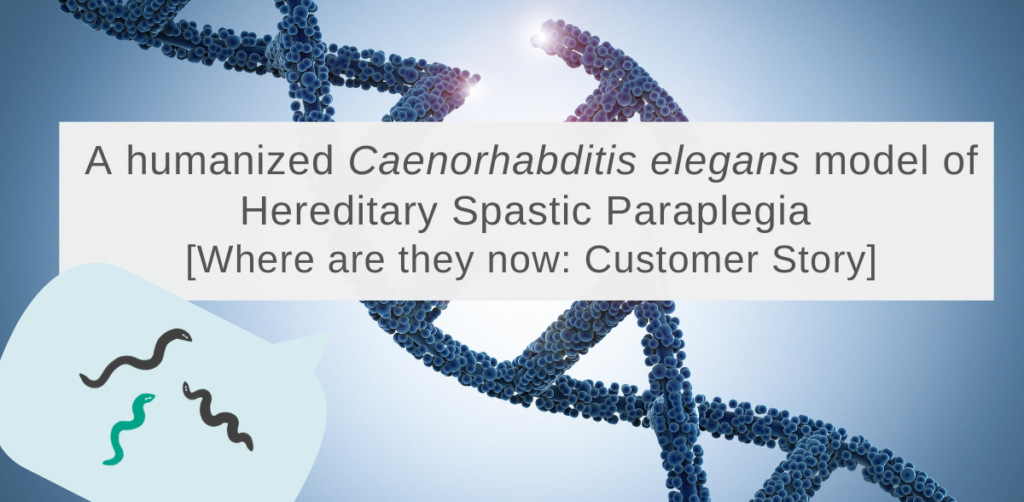
A humanized Caenorhabditis elegans model of Hereditary Spastic Paraplegia [Where are they now: Customer Story]
By:
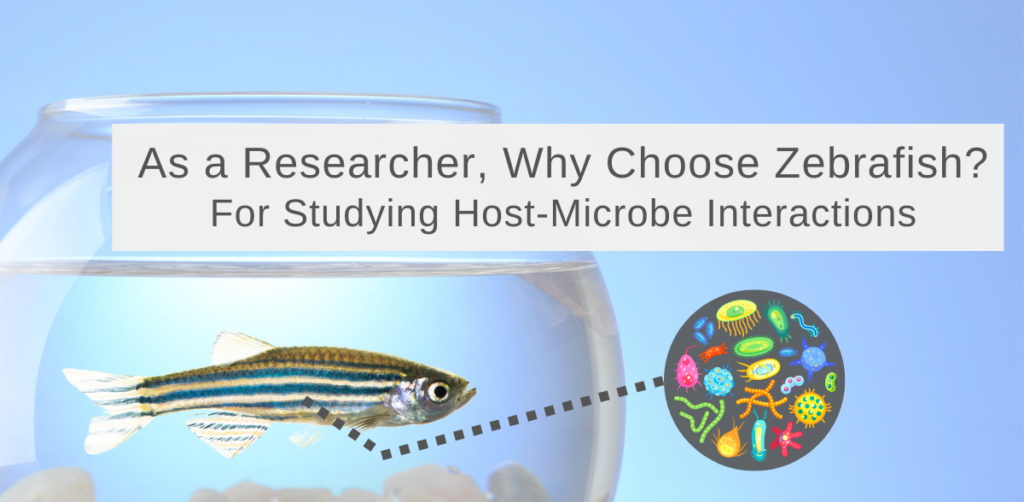
For Studying Host-Microbe Interactions, Why Choose Zebrafish?
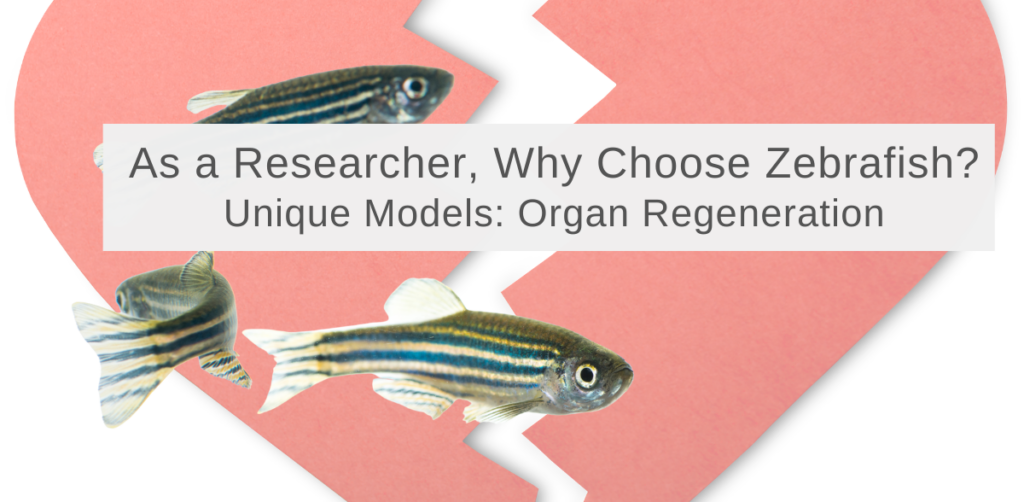
As a Researcher, Why Choose Zebrafish? Unique Models: Organ Regeneration
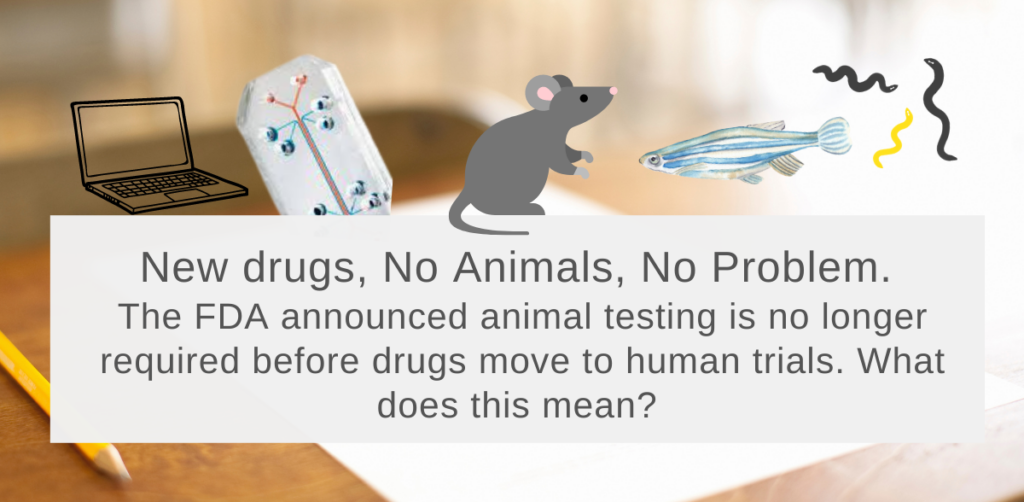
New drugs, No Animals, No Problem. The FDA announced legislative changes – drugs are no longer required to be tested in animals before moving to human trials. What does that mean?
By:
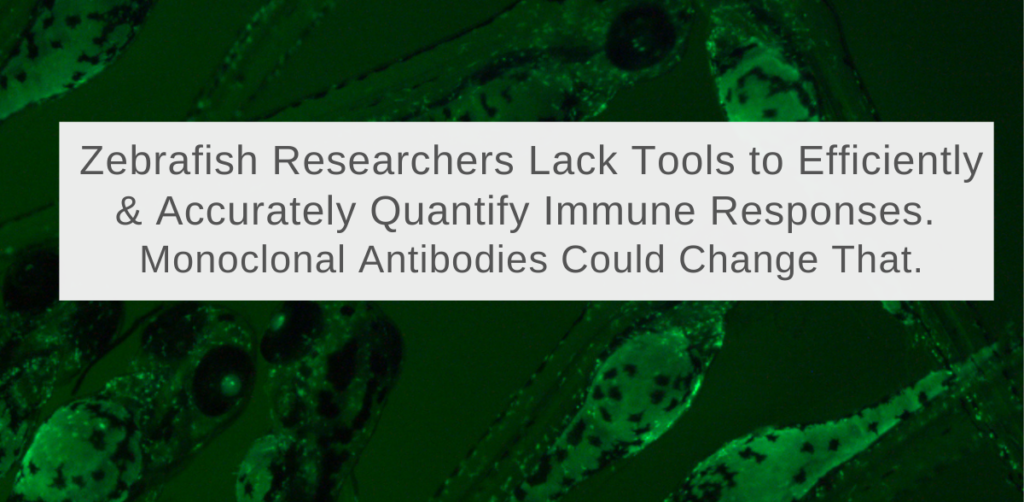
Zebrafish researchers lack enough tools to efficiently and accurately quantify immune responses. Monoclonal antibodies could change that.
By:
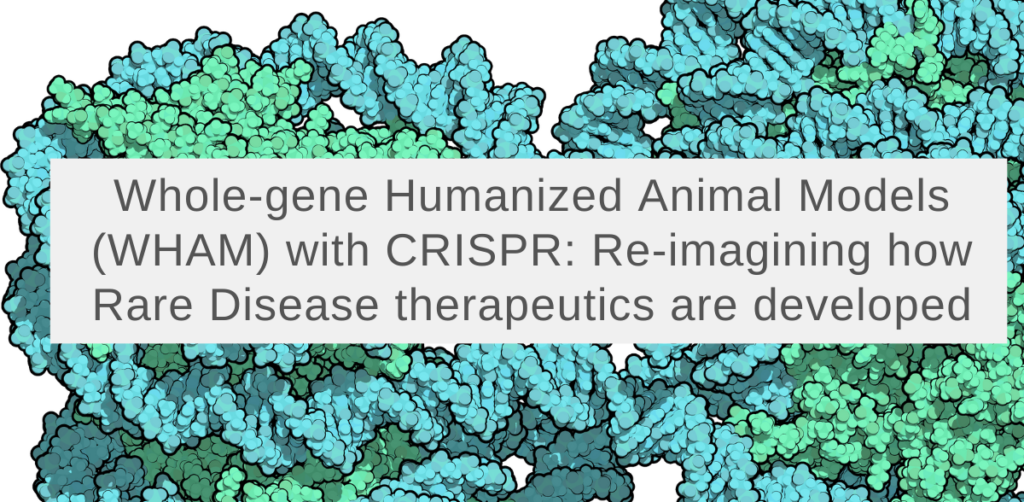
Whole-gene Humanized Animal Models (WHAM) with CRISPR – Re-imagining how Rare Disease therapeutics are developed
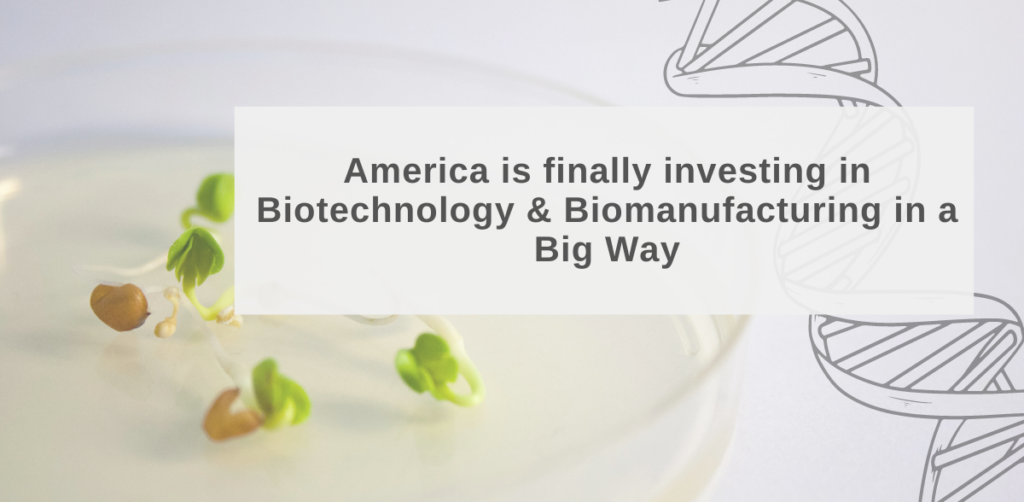
America is finally investing in Biotechnology & Biomanufacturing in a Big Way
By:

[Patent Announcement] InVivo Biosystems has officially been issued a patent on WHAM-humanization in the nematode, C. elegans
By:
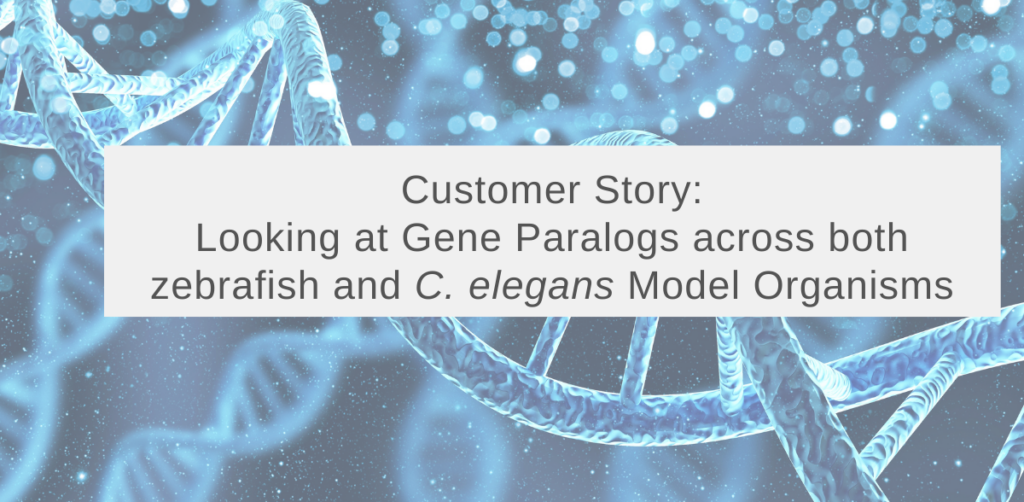
Looking at Gene Paralogs across both zebrafish and C. elegans Model Organisms [Customer Story]
By:
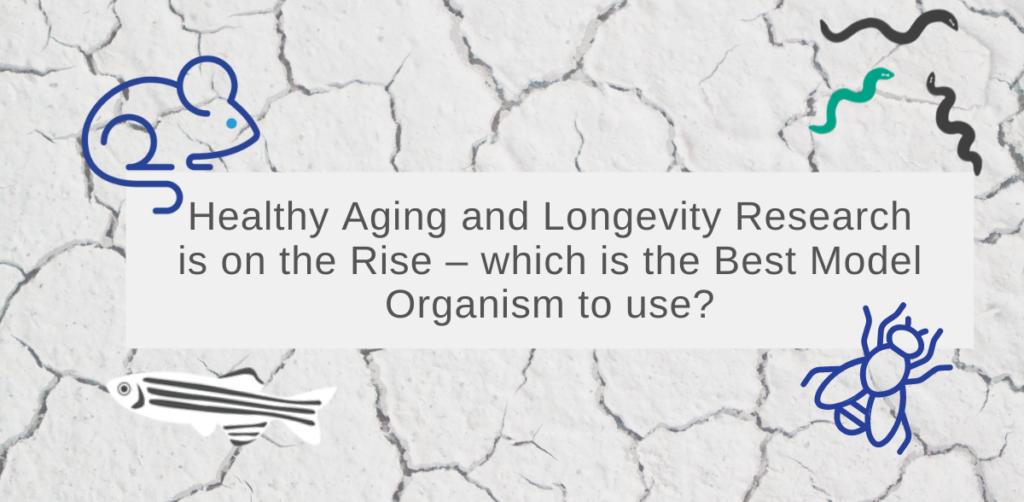
Healthy Aging and Longevity Research is on the Rise – which is the Best Model Organism to use?
By:
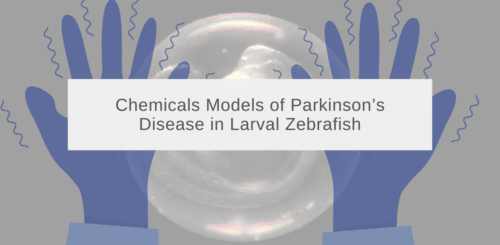
Chemicals Models of Parkinson’s Disease in Larval Zebrafish
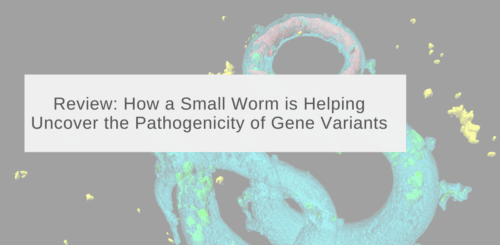
Review: How a Small Worm is Helping Uncover the Pathogenicity of Gene Variants
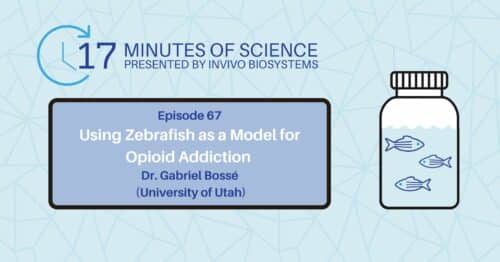
Using Zebrafish as a Model for Opioid Addiction with Dr. Gabriel Bossé (University of Utah)
By:

A Natural Fit – Using Zebrafish to Evaluate Natural Compounds for Anti-Inflammatory Properties
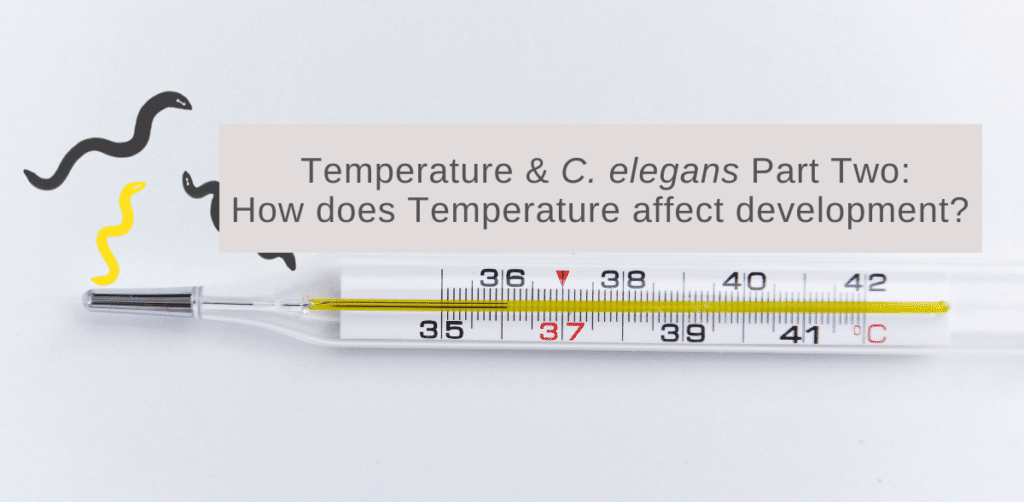
Temperature & C. elegans Part Two: How does Temperature affect development?

Does everyone have digestive issues? — Gut dysbiosis is on the rise.
By:
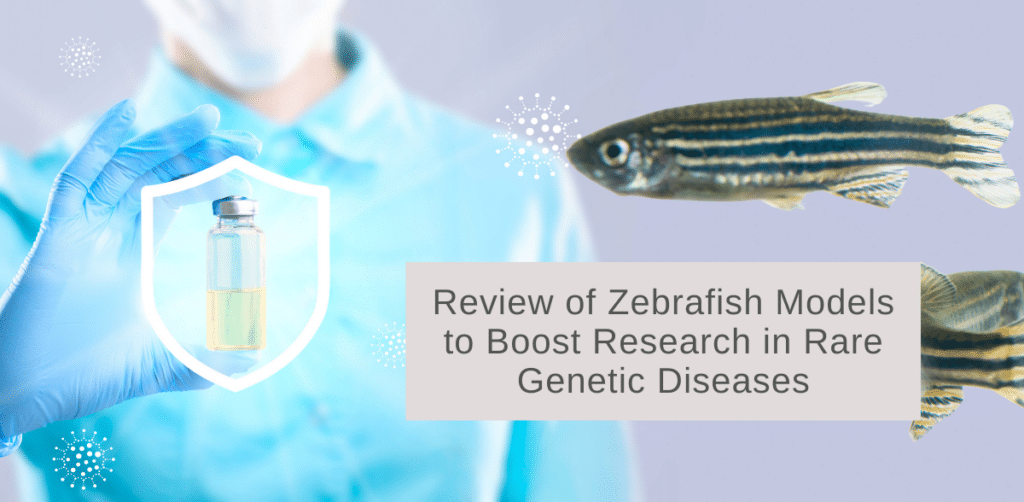
Review Of Zebrafish Models To Boost Research In Rare Genetic Diseases
By:
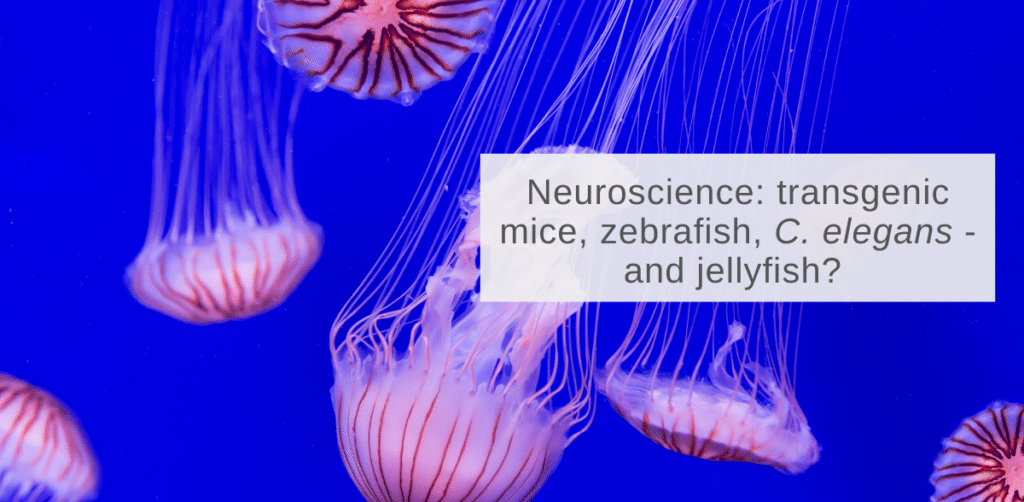
Neuroscience Models: Transgenic Mice, Zebrafish, C. Elegans – And Jellyfish?
By:
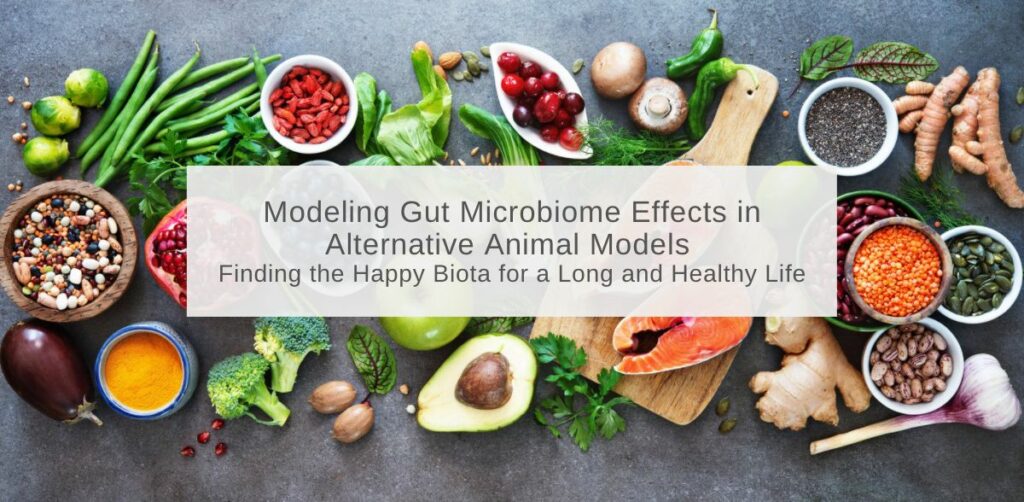
Modeling Gut Microbiome Effects In Alternative Animal Models – Finding The Happy Biota For A Long And Healthy Life
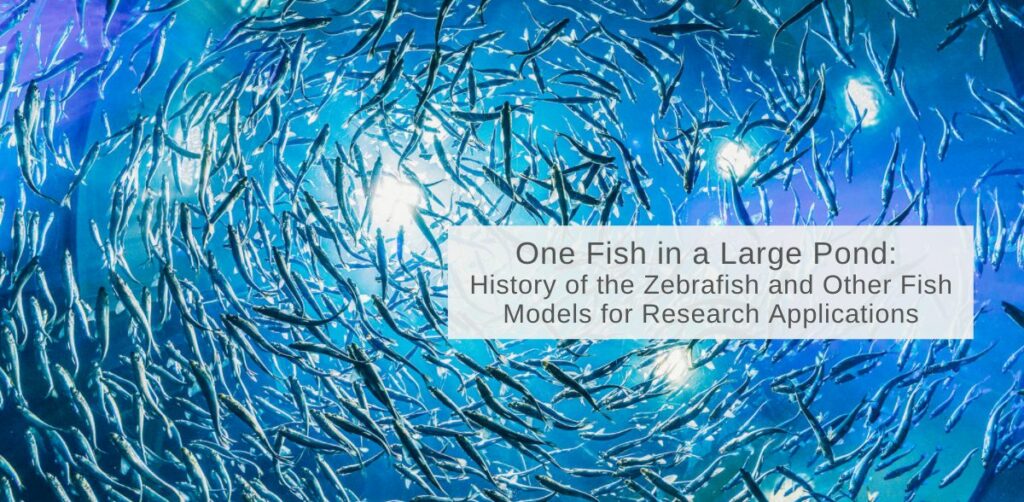
One Fish in a Large Pond: History of the Zebrafish and Other Fish Models for Research Applications
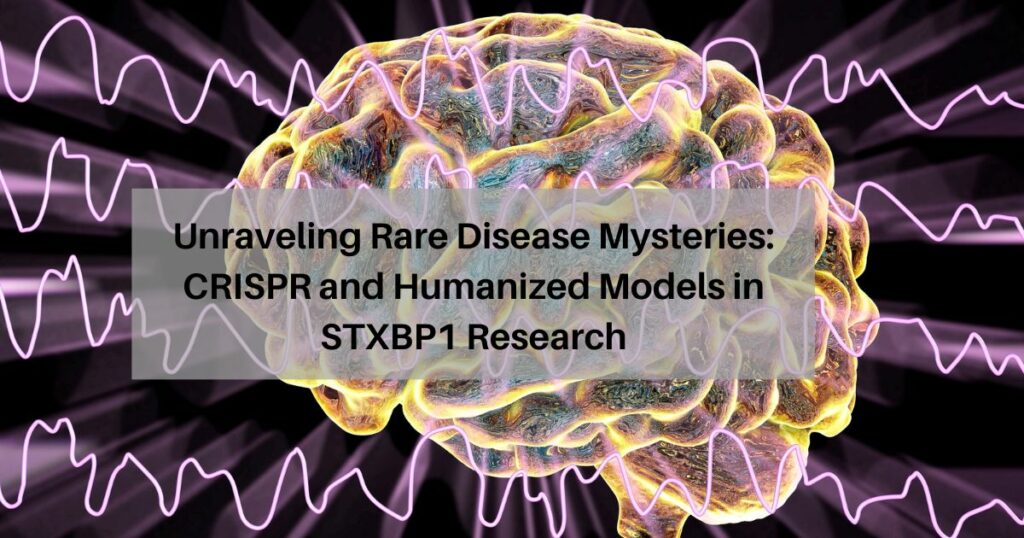
Unraveling Rare Disease Mysteries: CRISPR and Humanized Models in STXBP1 Research
By:
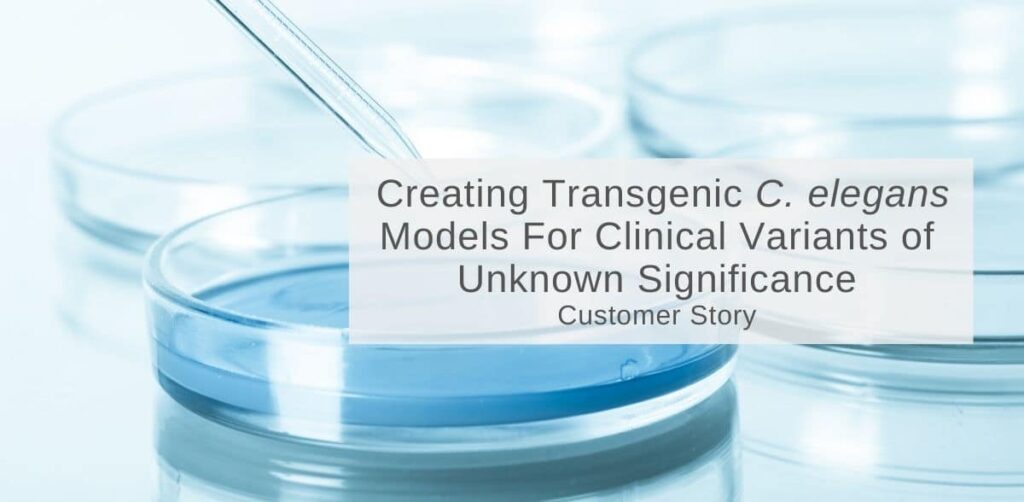
Creating Transgenic C. elegans Models For Clinical Variants of Unknown Significance [Customer Story]
By:
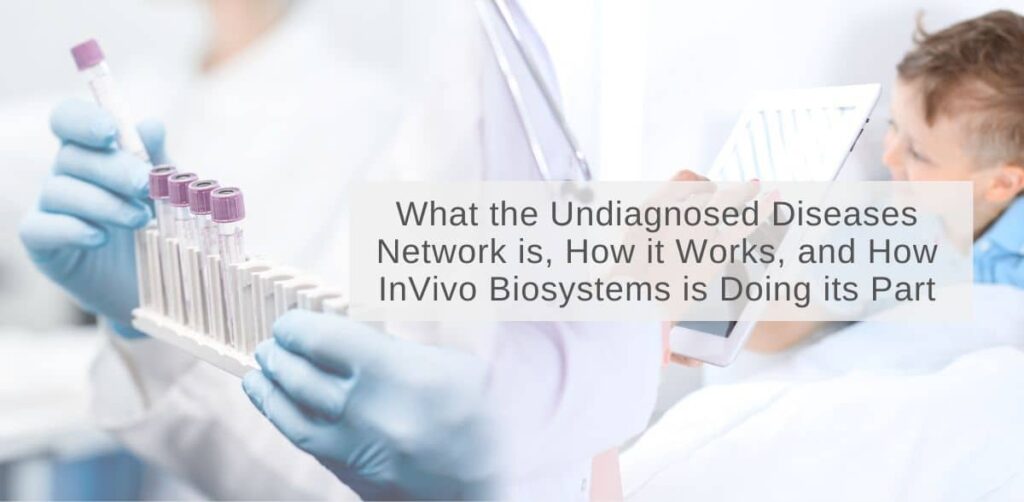
What the Undiagnosed Diseases Network is, How it Works, and How InVivo Biosystems is Doing its Part
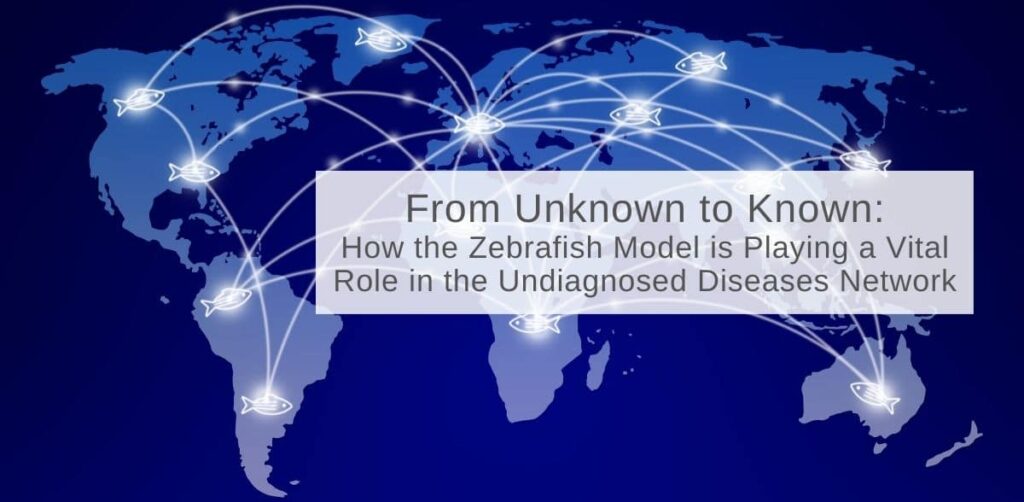
From Unknown to Known: How the Zebrafish Model is Playing a Vital Role in the Undiagnosed Diseases Network
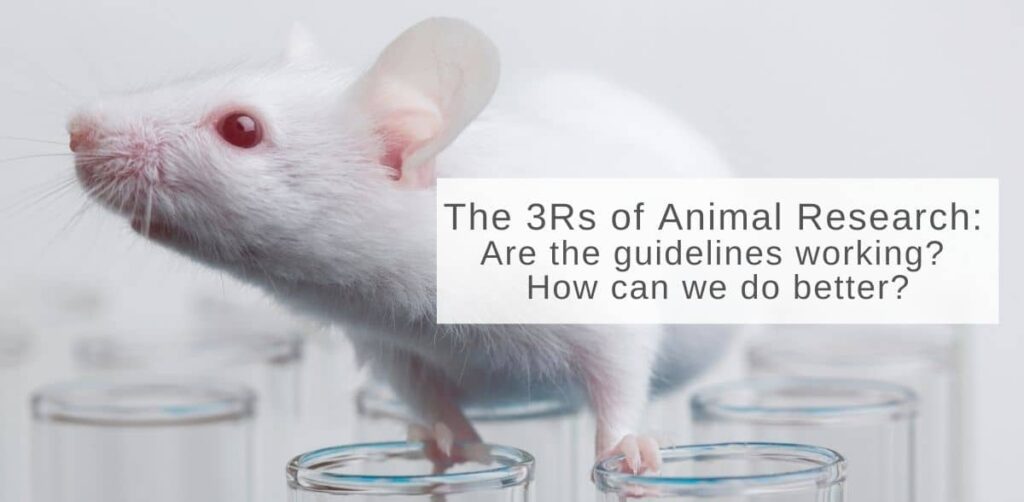
The 3Rs of Animal Research: Are the guidelines working? How can we do better?
By:
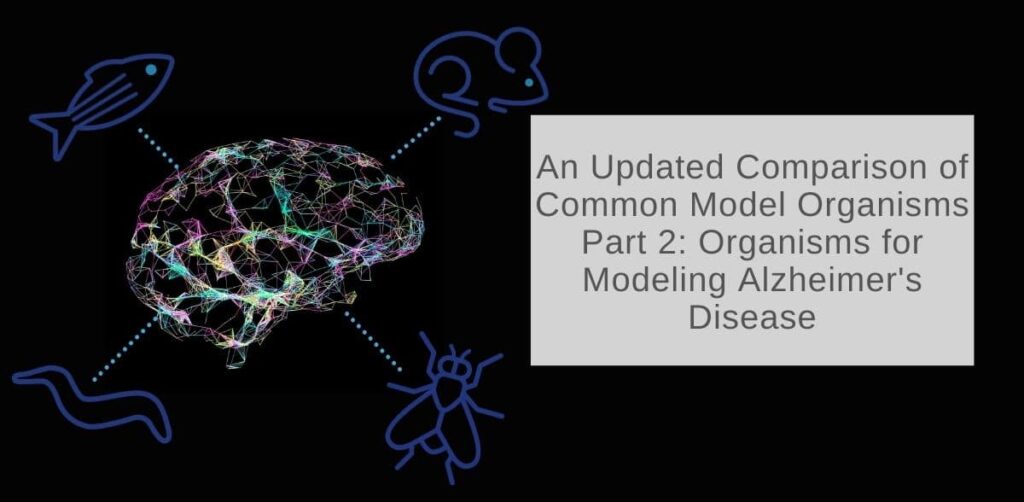
An Updated Comparison of Common Model Organisms Part 3: Organisms for Modeling Alzheimer’s Disease
By:
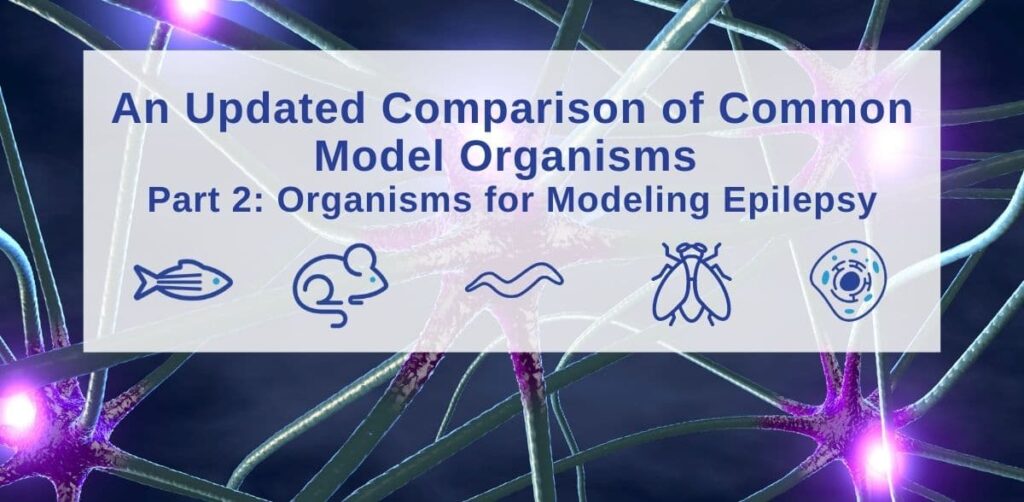
An Updated Comparison of Common Model Organisms Part 2: Organisms for Modeling Epilepsy
By:
According to the Epilepsy Foundation 1 in 26 people in the U.S.A will develop epilepsy at some point in their life, however, epilepsy is a
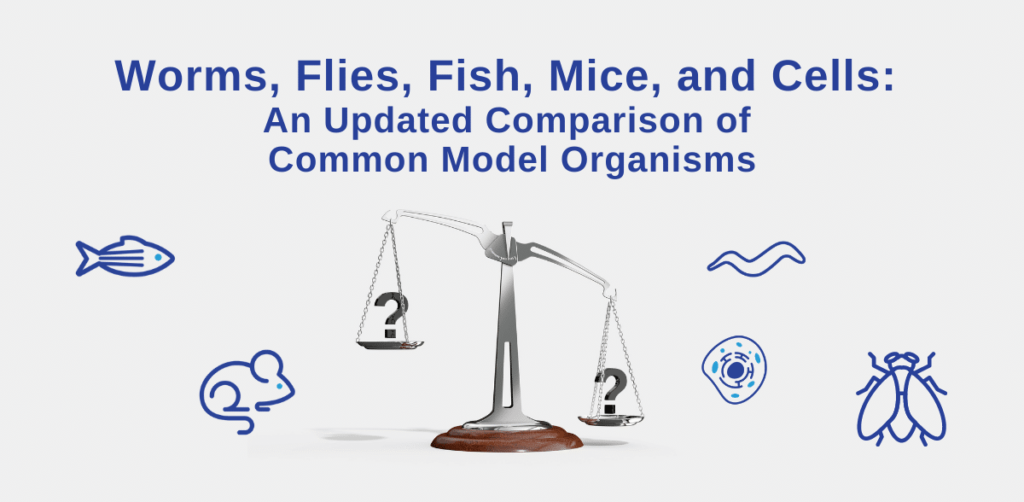
An Updated Comparison of Common Model Organisms
By:
Model organisms are essential to experimental research, allowing researchers and scientists to address a variety of questions. While no model is perfect, some models are
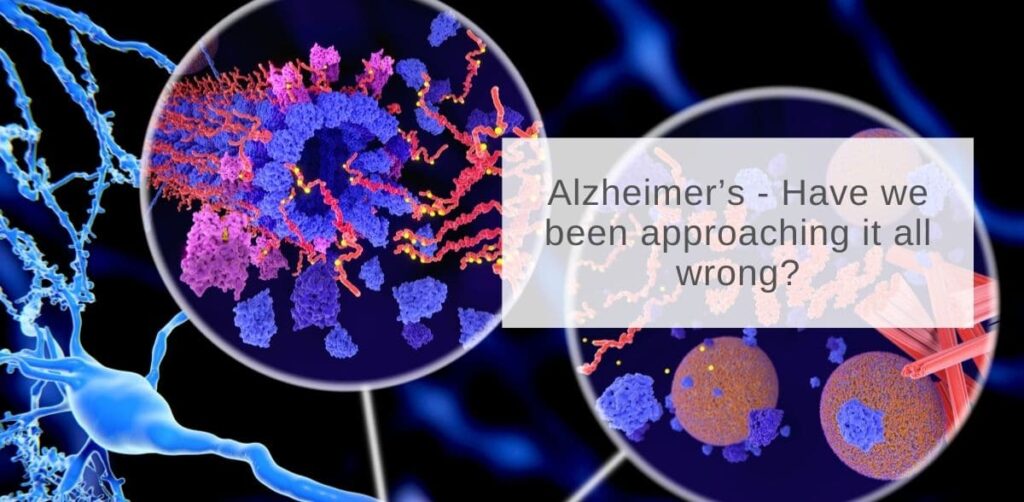
Alzheimer’s – Have we been approaching it all wrong?
By:
A new finding has set the Alzheimer’s research world abuzz: a 73- year old woman with extremely high risk for AD, yet who doesn’t have
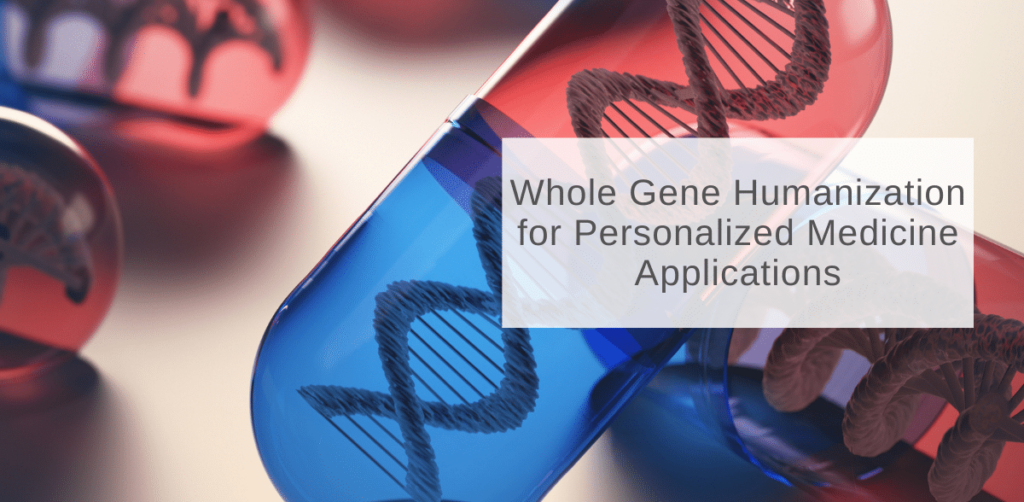
Whole Gene Humanization for Personalized Medicine Applications
By:
We have found whole gene humanization can create a platform for highly translatable results in a model organism. Currently there is a big need for
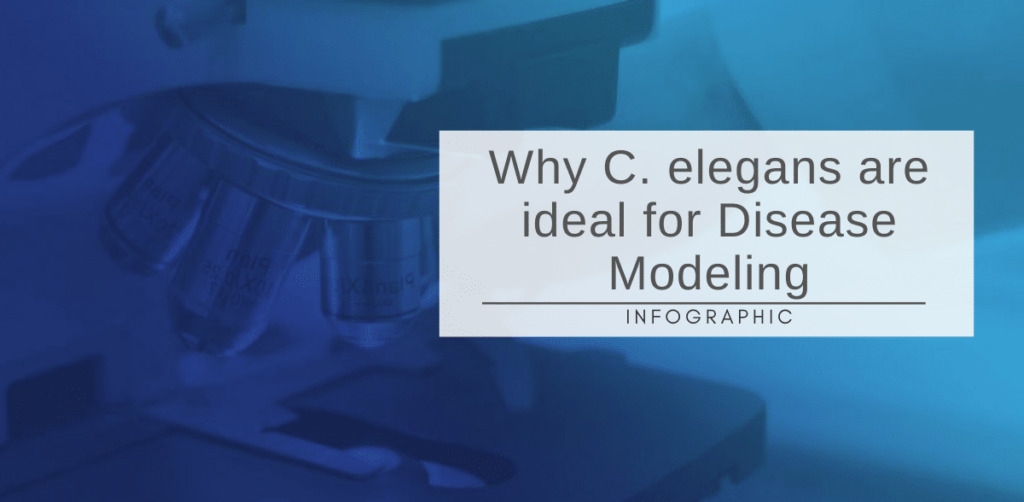
Why C. elegans are ideal for Disease Modeling [Infographic]
By:
Did you know C. elegans are an ideal model for disease modeling? It may seem unlikely that such a tiny animal would work well for

How to Design a Good Phenotype Based Drug Discovery Program, and Why It Matters.
By:
With the advent of the molecular biology revolution and the human genome project in the 1990s there was a historic shift toward target-based drug
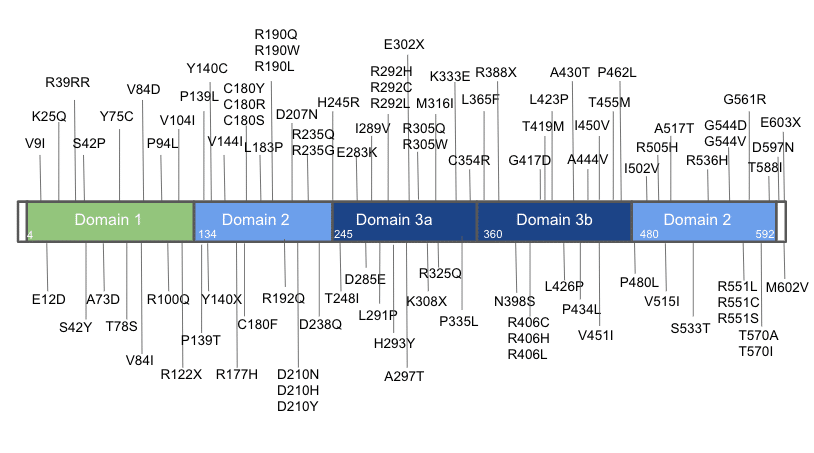
90 Mutations with 1 Gene: Functional Analysis of Variants Using C. elegans
We created over 90 point mutations in the STXBP1 gene via CRISPR. A map of these point mutations can be seen above. Clinical variants
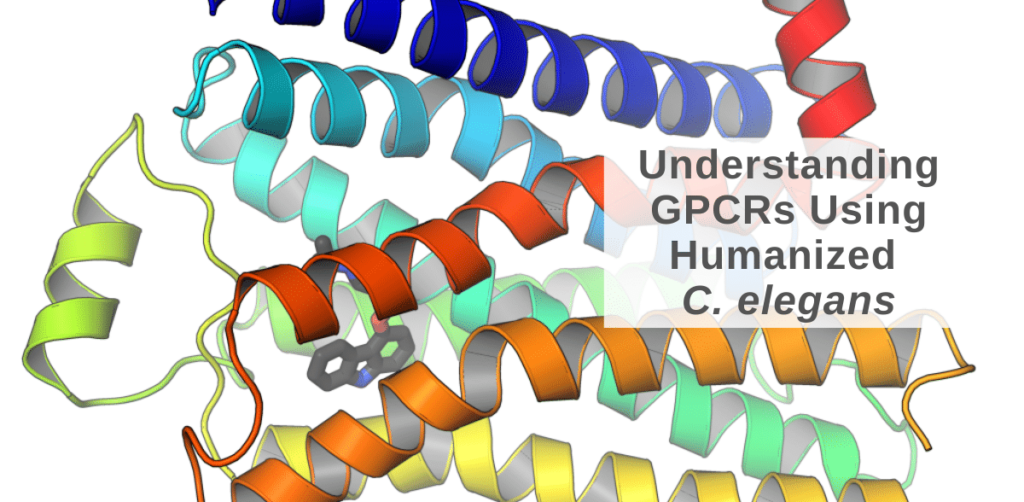
Understanding GPCRs Using Humanized C. elegans
By:
Our CSO, Dr. Chris Hopkins presented at DR. GPCR SUMMIT 2020 on why C. elegans is an ideal model to study the underlying principles of GPCRs.

Longevity Studies Using C. elegans to Identify Potential Anti-Aging Compounds [Customer Story]
By:
Dr. Vollmer shares his experience working with us and how the Longevity Platform delivers the results he needs within his timeline and budget.
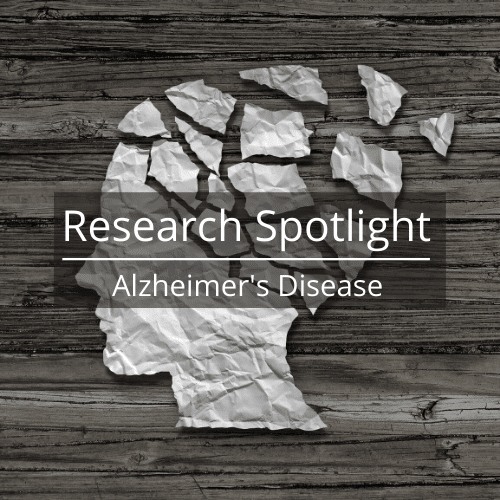
Research Spotlight: Alzheimer’s Disease
By:
June is Alzheimer’s & Brain Awareness Month. We wanted to take a few moments to spotlight some of the awe-inspiring research on Alzheimer’s disease taking

Seventeen Minutes of Science: Viral Gene Therapies and Their Potential Use Against COVID-19
By:
Tune in weekly to our virtual series “Seventeen Minutes of Science” every Tuesday at 11am PST / 2pm ET where we go live on Facebook
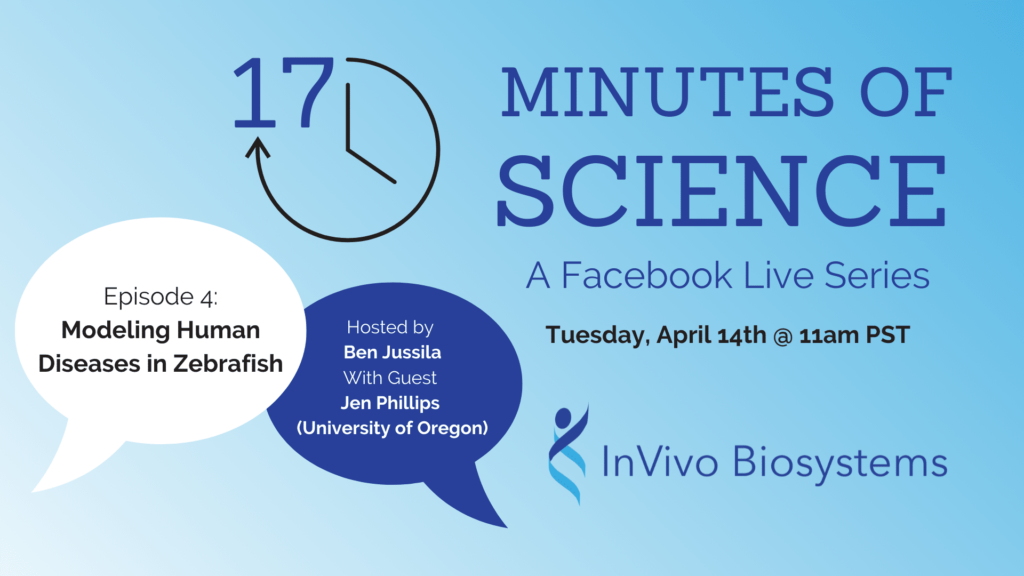
Seventeen Minutes of Science: Modeling Human Diseases in Zebrafish (Episode 4)
By:
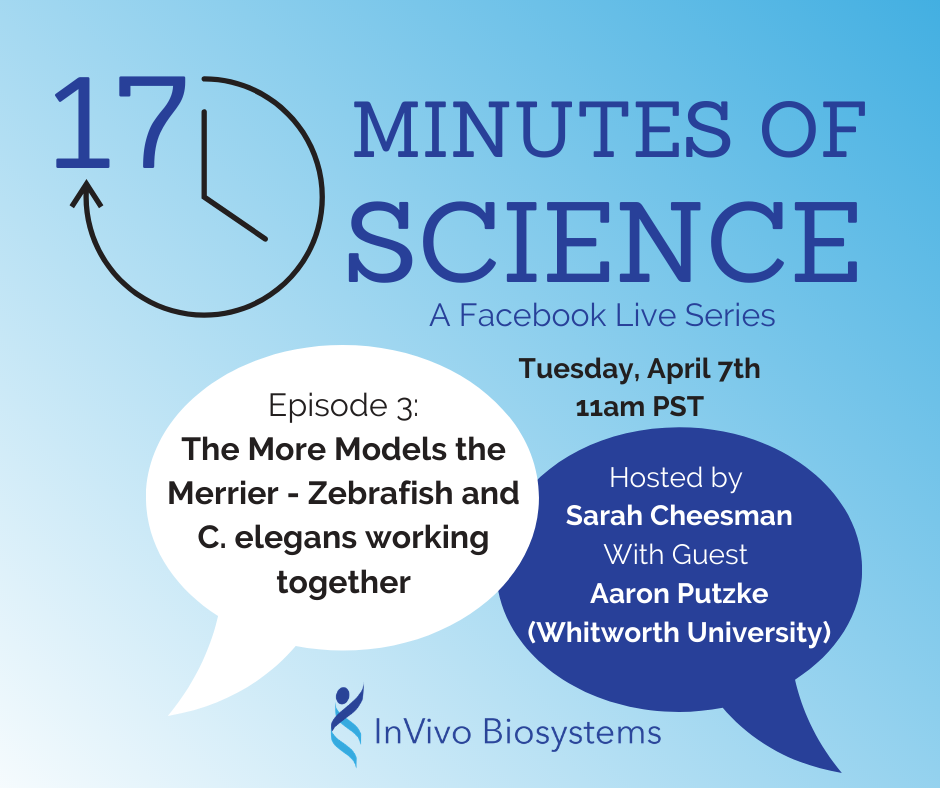
Seventeen Minutes of Science: The More Models the Merrier – Zebrafish & C. elegans Working Together (Episode 3)
By:
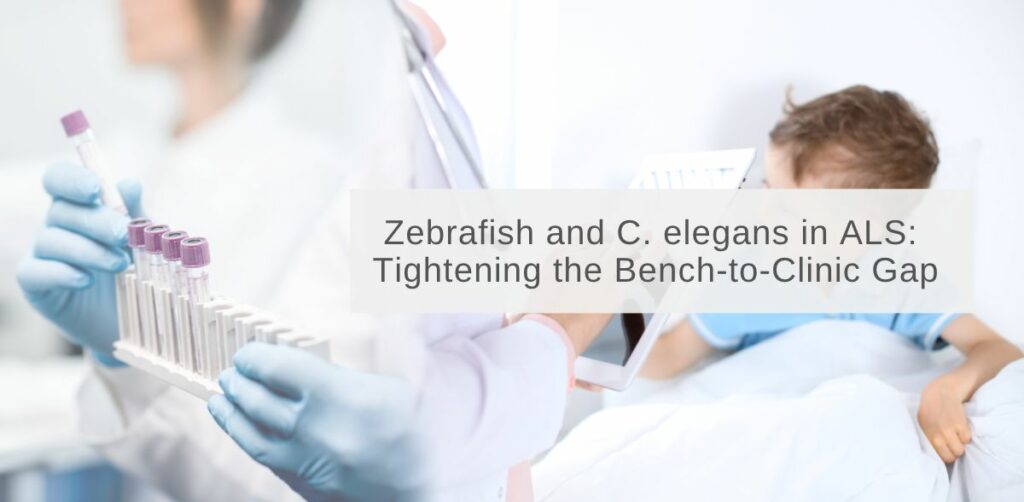
Zebrafish and C. elegans in ALS: tightening the bench-to-clinic gap
By:
While advances in molecular imaging, high-throughput screening, genomics and techniques like CRISPR-Cas9 gene editing have dramatically enhanced our understanding of the human body and disease,

CRISPR technologies enable humanized animal models to aid disease research
By:
C. elegans as a model to evaluate the function of disease genes In 1998, the soil nematode Caenorhabditis elegans became the first multicellular organism of
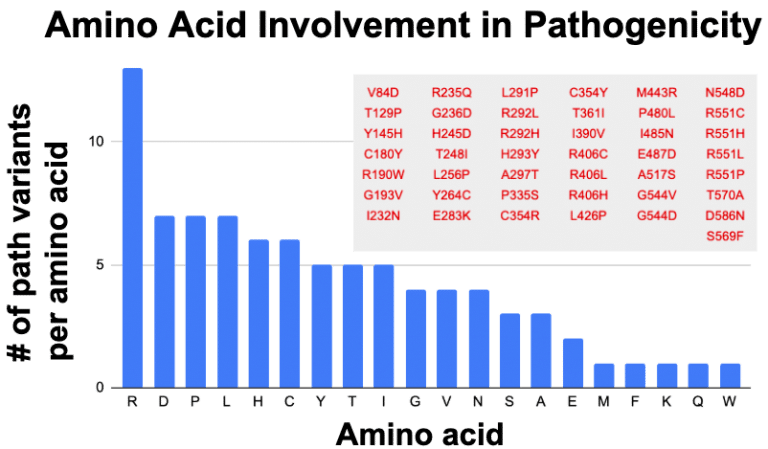
Arg…What’s up with that? Arginine is Enriched in Pathogenic Variants
By:
Our CSO explores a theory he has about the amino acid arginine which seems to be showing frequent association with pathogenicity.

Where the Lead Leads: Seeking Mechanisms of Action in C. elegans for Neurotoxic Effects of Lead
By:
Neurotoxin exposure is implicated in the etiology of neurodegenerative diseases including Parkinson’s disease, Alzheimer’s disease and ALS (amyotrophic lateral sclerosis). Traditionally, vertebrate animals such as

Bayer and NemaMetrix present C. elegans results at Parasitic Helminths conference in Greece
By:
How are extreme weather events, such as Hurricane Katrina, spreading heartworms and other parasitic nematodes and what are the implications of their spread?

Hurricanes and Heartworms; Extreme Weather Events Spread Worms
By:
How are extreme weather events, such as Hurricane Katrina, spreading heartworms and other parasitic nematodes and what are the implications of their spread?

The Evolution of Drug Resistance; an Issue of “When, not if”
By:
Drug resistance in many pathogens — viruses, bacteria, protozoa, parasitic worms and more — presents a growing and potentially catastrophic challenge to human and animal

Total Domination – Uncovering the Phenomenon of 1:2 Dominant vs Recessive ratio for Variation in the Genome
By:
Our CSO revisits his Veritas Genomic Sequencing report for a closer look at how significant some of the discovered variants are

A New Approach to Anti-Aging Research
By:
The shift towards preventive medicine has given anti-aging startups a favorable environment in pursuing longevity and aging issues. The nematode C. elegans has emerged to

Worming into Relevance – How C. elegans Can Help us Understand Human Health
By:
Animal testing in the research-based pharmaceutical industry has been reduced in recent years both for ethical and cost reasons. However, it is still a staple
Genomic baggage – What are the skeletons rattling in your genetic closet?
By:
When you receive your genomic report, you have a movement of trepidation.What will it say? Will it have something that says you should do countermeasures

What Can Zebrafish Tell us About CRISPR Off-Target Activity?
By:
In 2017, a now-redacted paper published in Nature Methods claimed that CRISPR created hundreds of unintended mutations in mouse models, and that algorithms designed to

The Humanized Worm [Infographic]
By:
Humanized model organisms are powerful biological models that allow scientists to study human disease genes in simpler contexts without losing the value of in vivo

The Unnecessary Procedure – A Problem with False Positives in Genomic Testing
By:
There is a significant pressure to increase diagnostic yield and it has its consequences. BRCA testing is probably the most developed ecosystem for genetic tests
Using C. elegans to study parasitism
By:
C. elegans is one of the most powerful model organisms and has been used to unravel several key genetic pathways. The C. elegans nematode has been used
Child Neurology Meeting: Bernard Sachs Award to William B. Dobyns and Precision Medicine in Epilepsy Lecture
By:
The Child Neurology Society honored William (Bill) Dobyns for his highly impactful efforts in characterizing child neurology. In a prolific and highly influential carrier, Bill

Explosive Growth of Gene Variant Numbers
By:
Genetic Testing Clinical geneticists have an acute need to understand pathogenicity in genomes of their patients (Figure 1). Cost per human genome has now approached
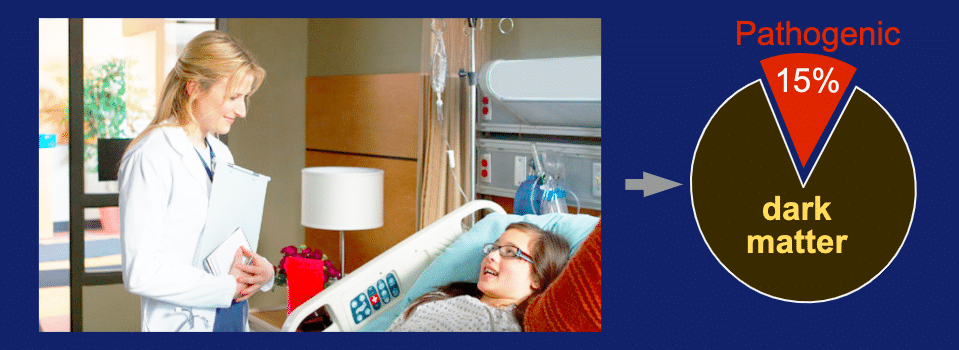
Systems for Improving Diagnostic Yield of Genomic Sequence Analysis
By:
How to better understanding Variants of Uncertain Significance in epilepsy and help find new therapeutic approaches Did you know that 1 in 26 people will
A New Era of Transgenics in Parasitic Nematodes
By:
One of the most commonly known nematodes in the scientific community is Caenorhabditis elegans. Ever since Sydney Brenner introduced it as a model organism to

C. elegans as Fast and Affordable System for Variant Phenotyping
By:
Systems for Functional Studies A variety of modeling systems can be used to explore variant function. Initially, many researchers turn to a computational approach to
Worming into Relevance – Human disease models in the C. elegans nematode
By:
The philosopher Friedrich Nietzsche once said: “You have evolved from worm to man, but much within you is still worm.” Genetic diversity in individuals and
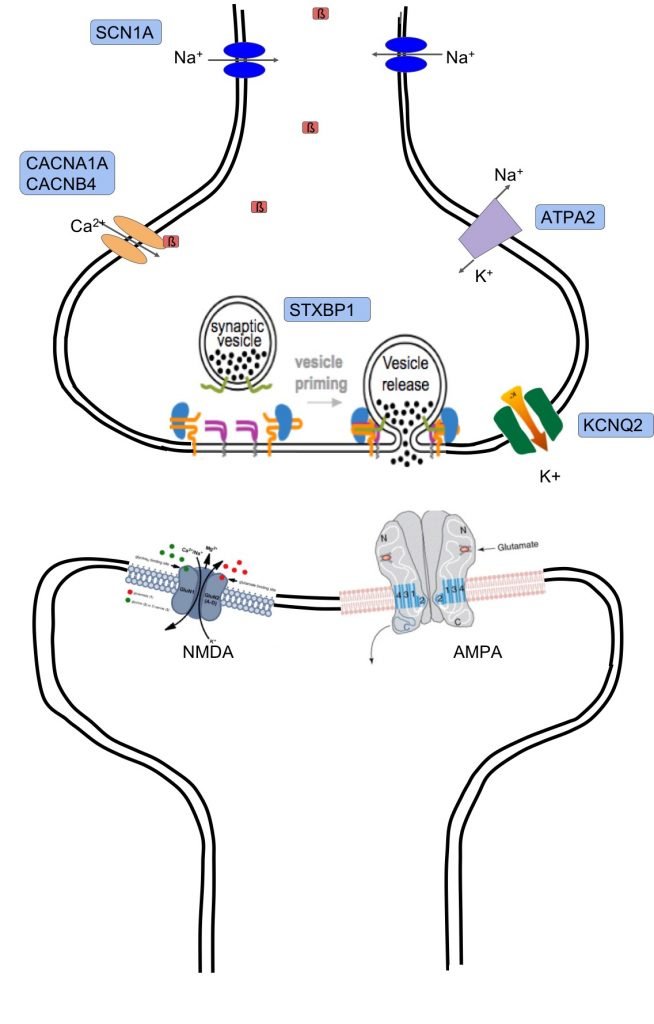
Functional analysis of variants to aid understanding of children’s epilepsy
By:
Performing sequence analysis on a patient with a suspected genetic disease is becoming a standard of care. However, when a genetic variation is identified as
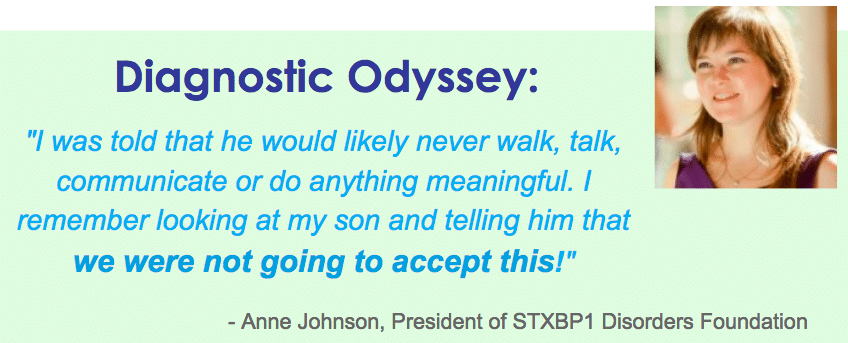
KCNQ2 Cures Summit – Patient Family Passion and Involvement
By:
The passion to find answers is inspiring. I had the good fortune to attend the KCNQ2 Cure Summit 2018. Meeting the patient families and seeing
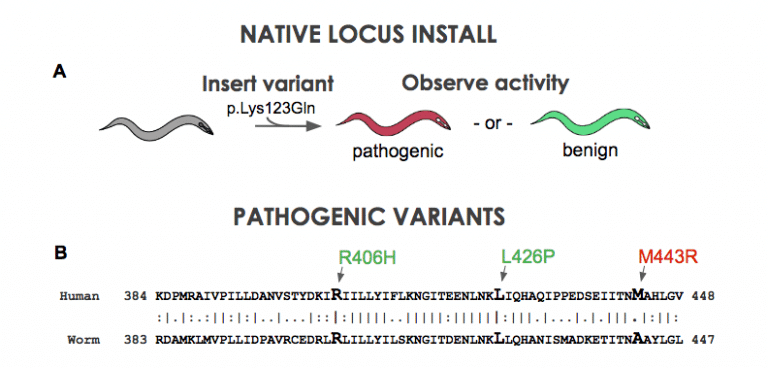
Worming into Relevance – Human disease models in the C. elegans nematode
By:
The philosopher Friedrich Nietzsche once said: “You have evolved from worm to man, but much within you is still worm.” Genetic diversity in individuals and
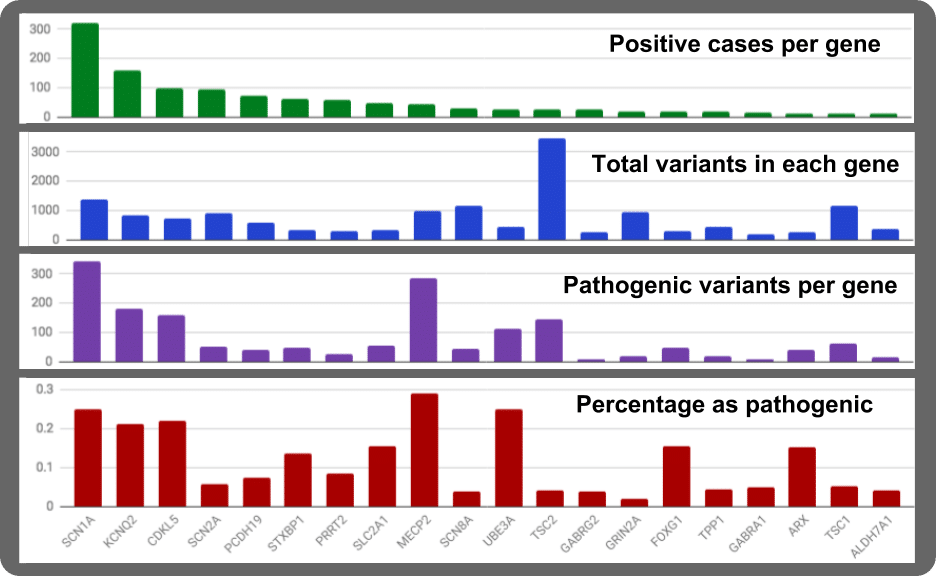
Properties of Top 20 Epilepsy Genes
By:
Epilepsy Genetics 1 out of 100 persons is living with active epilepsy (Zack and Kobau 2017, WHO 2018). For the subset that can be pinned

DD News features NemaMetrix in its latest issue on Animal Models of Disease
By:
The latest issue of Drug Discovery News (DDNews) features a special report on Animal Models of Disease, highlighting the NemaMetrix/Knudra merger and the value of
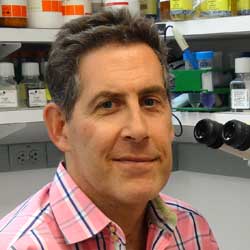
Unlocking the Potential of C. elegans for the Study of Rare Disease
By:
Dr. Andy Golden at NIH discusses his work on identifying regulators and interactors of conserved genes in C. elegans that, when mutated, can cause human disease

Scientists study how cancer spreads by recording a time-lapse of C. elegans
By:
Scientists from Duke University captured the cellular break-ins in C. elegans, a transparent worm that’s often used as a model for human biology. The cellular
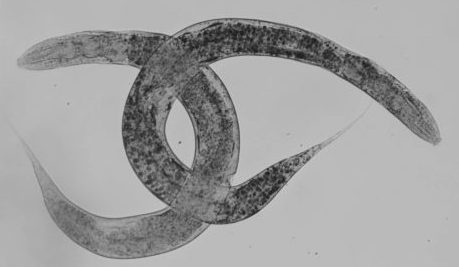
C. elegans in cancer research
By:
In recent years, the nematode C. elegans has emerged as a model for systematic dissection of the molecular basis of tumorigenesis. Many cancer genes and
Load More



